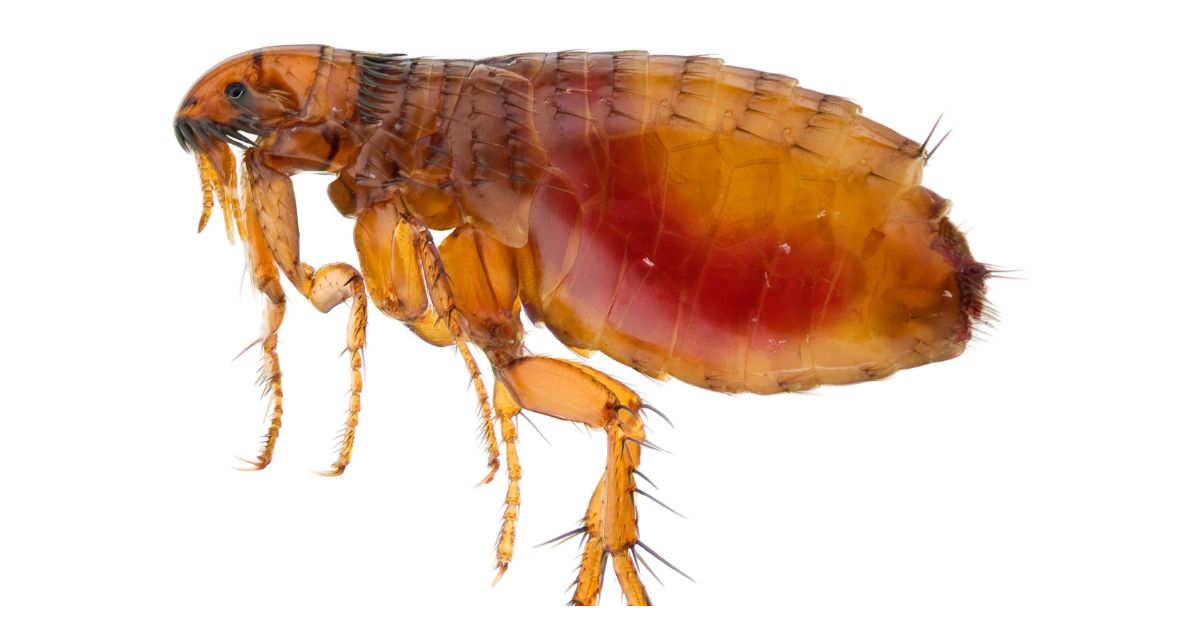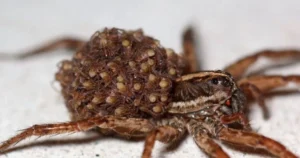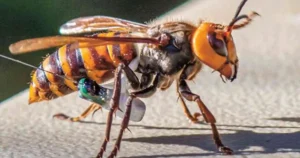Fleas are a relentless nuisance for pet owners and homeowners alike. These tiny parasites thrive in warm, humid conditions, making homes an ideal breeding ground. While professional treatments and chemical solutions are popular, many people seek natural remedies, with salt being a common suggestion. But how effective is salt in eradicating fleas? This comprehensive guide dives deep into the science, applications, and limitations of using salt against fleas, along with alternative methods for effective flea management.
Understanding Fleas and Their Lifecycle
Fleas are small, wingless insects that feed on the blood of animals and humans. Their lifecycle comprises four stages: egg, larva, pupa, and adult. The challenge in flea control lies in their rapid reproduction and ability to survive in various conditions.
- Egg Stage: Flea eggs are tiny and often scattered around a home. They hatch within 2-12 days.
- Larva Stage: Flea larvae feed on organic debris and grow into pupae in 1-2 weeks.
- Pupa Stage: In this stage, fleas cocoon themselves, emerging as adults when environmental conditions are favorable.
- Adult Stage: Adult fleas begin feeding immediately and can lay up to 50 eggs daily.
Breaking this cycle is critical for lasting flea eradication.
How Does Salt Work Against Fleas?
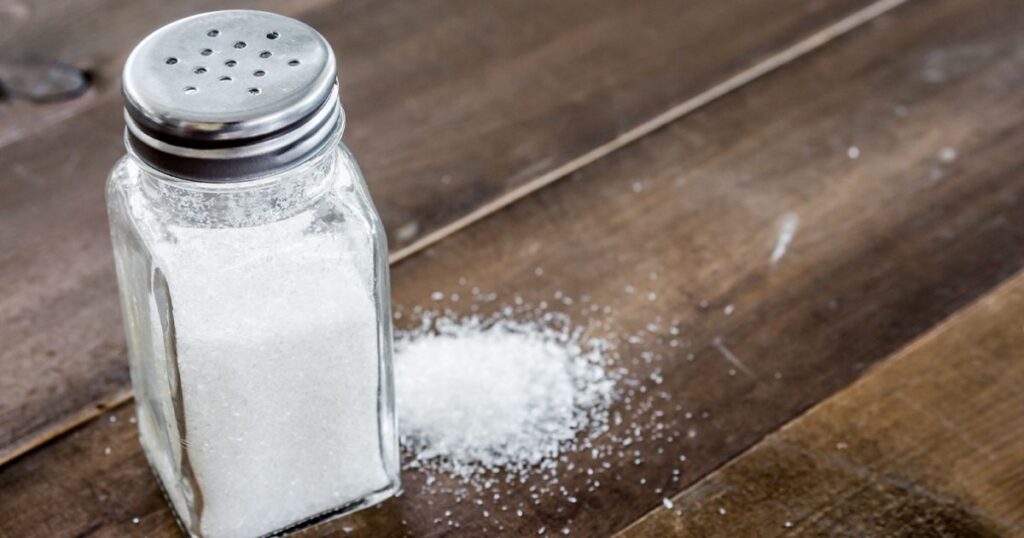
Salt is an affordable, readily available household item that acts as a desiccant. When applied to carpets, furniture, or other flea-prone areas, it dehydrates fleas and their eggs, disrupting their lifecycle.
The Science Behind Salt’s Effectiveness
Salt absorbs moisture from flea bodies and eggs, causing dehydration and death. This process works best in dry conditions, as high humidity can reduce salt’s desiccating properties.
Proper Application for Maximum Effect
- Choose the Right Type of Salt: Fine-grain table salt or sea salt is most effective.
- Preparation: Vacuum the target area thoroughly to remove flea dirt and debris.
- Sprinkle Evenly: Spread a thin layer of salt over carpets, rugs, and furniture.
- Leave It to Work: Allow the salt to sit for 24-48 hours.
- Vacuum Again: Vacuum the treated areas to remove salt, fleas, and eggs.
Advantages of Using Salt for Flea Control
- Cost-Effective: Salt is inexpensive and widely available.
- Non-Toxic: When used correctly, it’s safe for most pets and humans.
- Easy to Use: No special equipment or expertise is required.
Limitations of Using Salt
While salt offers certain benefits, it has limitations that may prevent it from being a standalone flea control solution.
1. Incomplete Coverage
Salt may not reach all the hidden areas where fleas and their eggs reside, such as cracks, crevices, or deep inside furniture.
2. Temporary Relief
Salt primarily targets adult fleas and eggs, leaving larvae and pupae unaffected. This can lead to recurring infestations if additional measures are not taken.
3. Risk to Pets and Furniture
Excessive use of salt can irritate pet paws and skin. Additionally, salt may damage certain types of carpets or hardwood floors over time.
Best Practices for Salt Application
To maximize the effectiveness of salt against fleas, follow these tips:
- Target Problem Areas: Focus on areas where pets spend most of their time, as these are likely flea hotspots.
- Repeat Applications: Fleas may re-emerge after the first treatment. Reapply salt weekly for 2-3 weeks to ensure thorough control.
- Combine with Other Methods: Use salt alongside other natural or professional flea control methods for comprehensive results.
Alternative Natural Remedies for Fleas
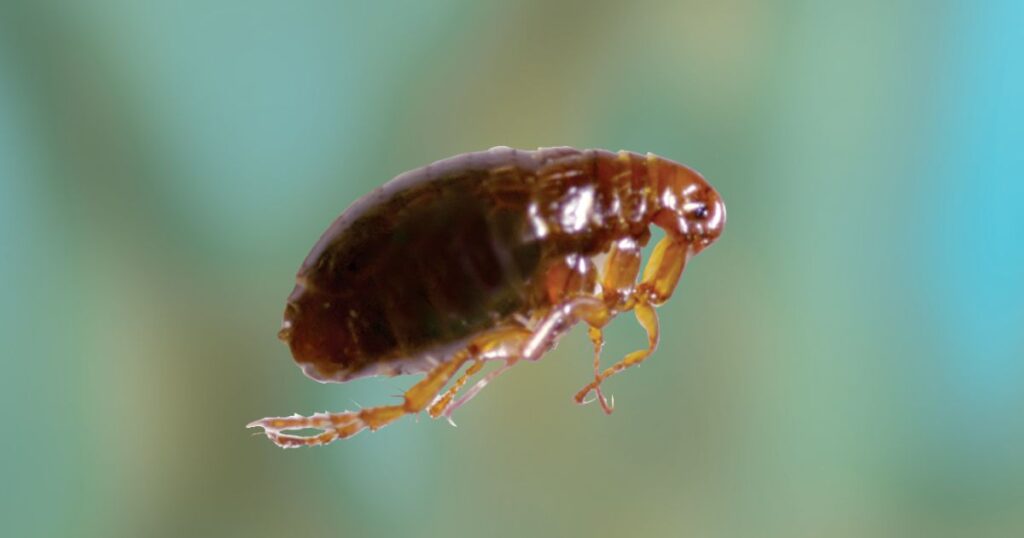
In addition to salt, several natural remedies can help combat fleas effectively:
1. Baking Soda and Diatomaceous Earth
Baking soda and diatomaceous earth (DE) are excellent desiccants, similar to salt. Sprinkle them in flea-prone areas and vacuum after 48 hours.
2. Lemon Spray
Citrus extracts, especially lemon, are known to repel fleas. Boil slices of lemon in water, let it cool, and use the mixture as a spray for furniture and carpets.
3. Essential Oils
Lavender, cedarwood, and eucalyptus oils are natural flea repellents. Mix a few drops with water and use as a spray. Always ensure essential oils are safe for your pets before use.
4. Vacuuming and Steam Cleaning
Regular vacuuming removes fleas, eggs, and larvae from carpets and furniture. Steam cleaning provides additional heat, killing insects fleas and their eggs instantly.
5. Flea Traps
DIY flea traps using soapy water and a light source can attract and trap adult fleas. Place these traps in dark corners for best results.
When to Seek Professional Help
If natural remedies fail to control a severe infestation, it’s time to consult a professional pest control service. They offer advanced treatments that target all life stages of fleas, ensuring long-term relief.
Tips for Preventing Future Flea Infestations
Preventing fleas from returning is just as important as treating an existing infestation. Here are some proactive steps to protect your home:
- Pet Hygiene: Regularly bathe and groom pets using flea-repellent shampoos.
- Home Maintenance: Wash pet bedding and vacuum your home weekly.
- Outdoor Care: Trim grass and remove debris to reduce flea habitats in your yard.
- Preventive Treatments: Use vet-recommended flea preventatives for your pets.
Conclusion
Salt is a viable, cost-effective method for managing fleas, but it works best when combined with other natural and professional treatments. While it can help control mild infestations, severe cases often require expert intervention. By integrating salt with a comprehensive flea control strategy, you can ensure a flea-free home for you and your pets.
FAQs
1. Can salt kill flea eggs?
Salt can dehydrate flea eggs, reducing their chances of hatching. However, it is not 100% effective, and some eggs may survive.
2. Is salt safe for pets?
Salt is generally safe for pets when used in moderation. Avoid excessive application to prevent skin or paw irritation.
3. How long should salt remain on carpets?
Leave salt on carpets for 24-48 hours before vacuuming. This ensures sufficient time for the desiccation process.
4. Can I use salt alone for flea control?
While salt can help reduce flea populations, it is not a comprehensive solution. Combining it with other methods ensures better results.

James William is a passionate animal lover and expert in the Animals and Pets niche. With years of experience in pet care, wildlife studies, and blogging, James shares practical tips, heartwarming stories, and expert advice to help pet owners build stronger bonds with their furry, feathered, and scaly companions.
